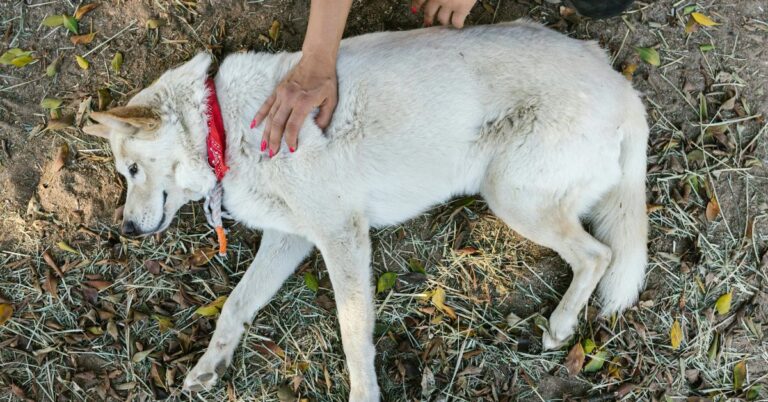10 Things To Know About Feeding Your Dog The Right Way
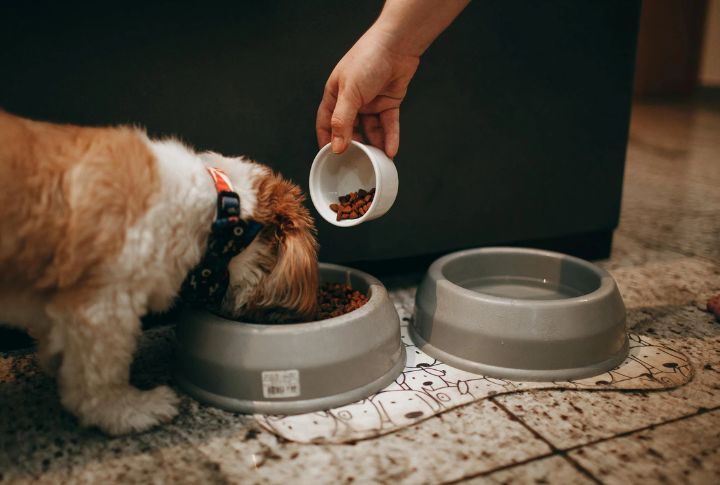
Your dog’s food does more than fill their belly—it shapes their health and longevity. But with flashy labels and endless choices, how do you know what’s actually good? It’s not about trends or price tags; it’s about real nutrition. So, let’s sort fact from fiction and feed your pup the right way.
Meeting Minimum Nutritional Requirements

Just because dog food meets AAFCO’s nutritional standards doesn’t mean it contains high-quality ingredients or offers the best health benefits. While these standards help prevent deficiencies, the quality of proteins, sourcing of nutrients, and presence of fillers can differ widely. Thus, prioritizing whole foods, high-quality protein sources, and minimal additives is important.
Decoding The Ingredient List

If the first five ingredients include meat by-products, corn, or vague terms like “animal meal,” you’re feeding your dog mystery meat. Whole proteins, like chicken, beef, or salmon, should take center stage. A simple rule is that if you wouldn’t eat it, your domesticated dog probably shouldn’t either.
The Raw Food Debate
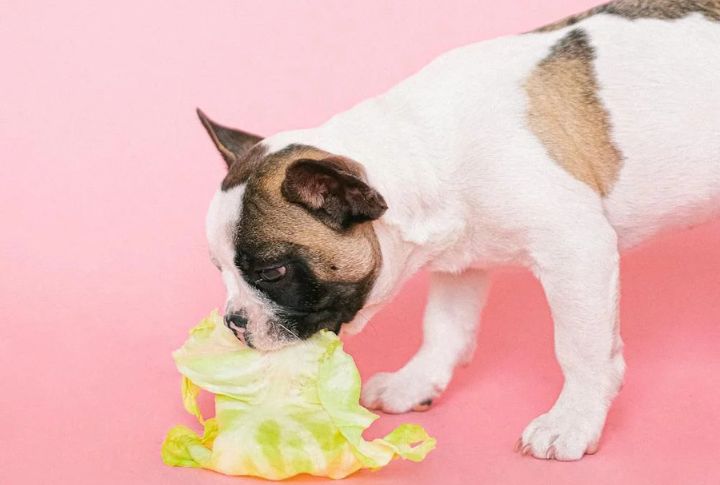
Raw feeding is a topic that sparks strong opinions. Supporters argue it mimics ancestral diets, while skeptics warn of bacterial risks. The truth is it depends on preparation and balance. If going raw, ensure it’s well-researched, vet-approved, and nutrient-complete—otherwise, you might be swapping one problem for another.
Grain-Free
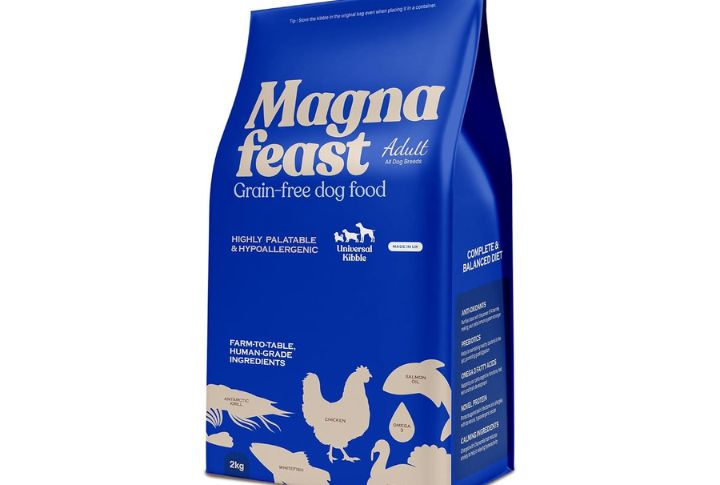
Grain-free diets soared in popularity, but recent studies link them to heart disease in dogs, potentially due to taurine deficiencies or reliance on legumes. The culprit is not necessarily the absence of grains but the absence of essential amino acids. Unless your pup has a grain allergy, whole grains such as oats and brown rice have the potential to be beneficial.
Kibble Vs. Wet Food
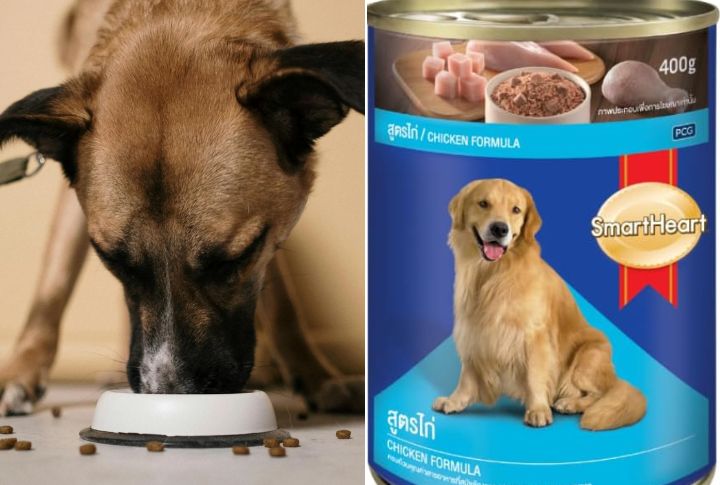
Some swear by Kibble for convenience, while others argue wet food is more hydrating and palatable. However, the difference is that Kibble helps improve oral hygiene by minimizing plaque accumulation, whereas wet food may be gentler on digestion. The best choice depends on what your dog needs.
Human Food
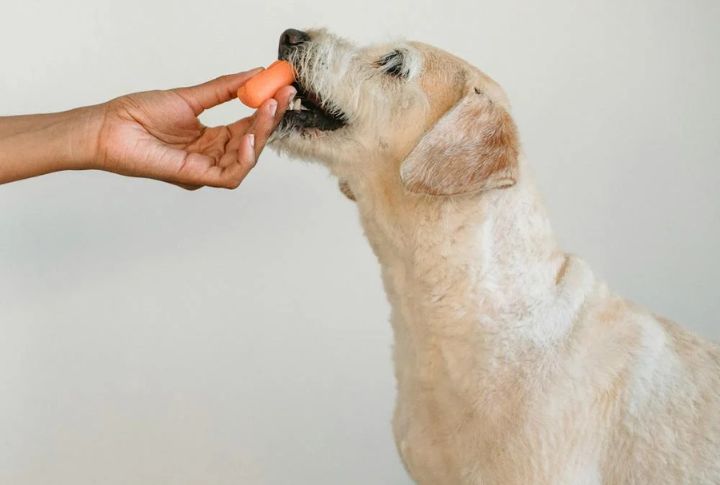
A bite of apple? Safe. A chunk of chocolate? Deadly. Many “harmless” foods—grapes, onions, macadamia nuts—can cause serious harm. But some, like blueberries, pumpkin, and lean meats, make great treats. Knowing the difference between a healthy snack and an emergency vet visit is key.
The Truth About Dog Treats
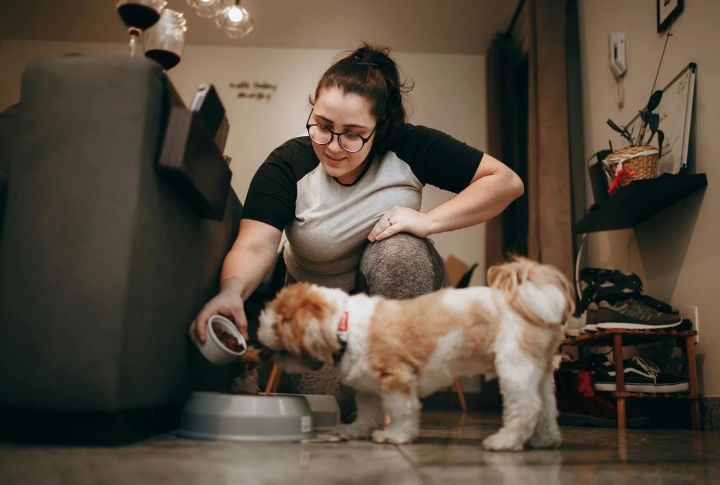
Most commercial dog treats are canine junk food with artificial flavors, preservatives, and excessive calories. That “healthy” biscuit? It might be the equivalent of a candy bar. Instead, opt for single-ingredient treats like dehydrated meats, jerkies, or fresh veggies because no one wants their pup waddling around like a four-legged couch potato.
Hydration
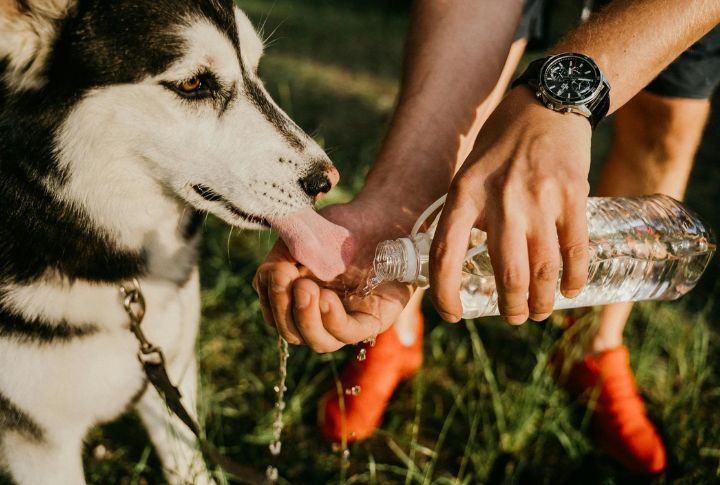
Dehydration sneaks up on dogs faster than you think, especially in hot weather or after exercise. Dry Kibble diets also contribute to chronic dehydration. So, adding moisture, whether through wet food, broth, or freshwater bowls in multiple spots, helps maintain kidney function and overall health.
Senior Dogs And Special Diets
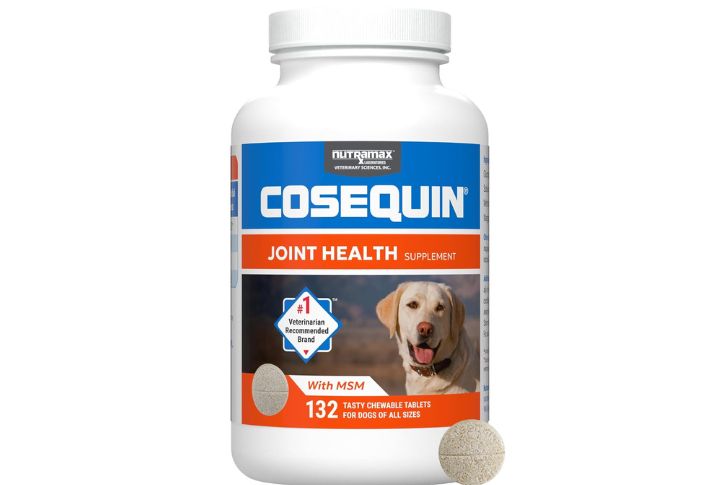
As dogs age, their nutritional needs shift. Protein remains essential but should be high-quality and easy to digest. Joint-friendly ingredients like glucosamine and omega-3s also become crucial. Plus, don’t forget portion control because weight gain in older dogs leads to more health problems than you’d expect.
The Role Of Probiotics
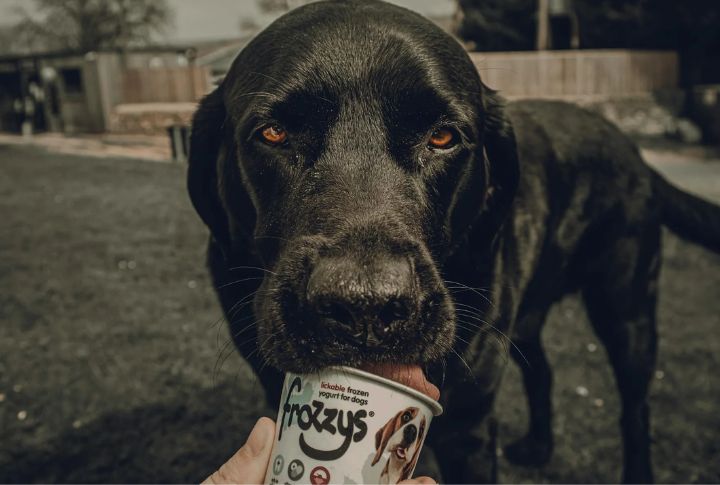
Your dog’s stomach is its second brain. Ever notice how an upset tummy leads to low energy and cranky moods? That’s because gut bacteria control more than just digestion; they influence immunity and even stress levels. Adding probiotics, like a scoop of plain yogurt or a sprinkle of powdered supplements, can keep your pup’s stomach (and poop) in top shape.
Cheap Vs. Expensive Dog Food

Is a higher price always a guarantee of better quality? Not necessarily. Some premium brands charge for marketing rather than nutrition. But cheap Kibble often relies on low-quality fillers. The best thing is to research the ingredients, not just the price. Sometimes, spending a little more now and then saves big on vet bills later.

